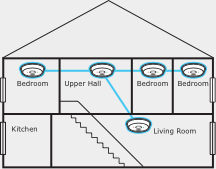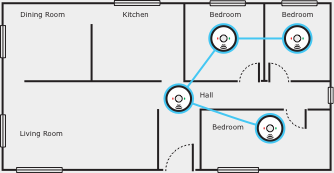Clipsal Firetek Smoke Alarms
Fully installed
Interconnected
Photoelectric
240V mains powered
9V Battery Backup
5 year manufacturer’s warranty
Compliant with 2022 QLD legislation
*Contact us for an obligation free quote today!



When it is time for your property's alarms to be upgraded, those alarms must:
be photoelectric and comply with Australian Standard 3786-2014
not also contain an ionisation sensor; and
be less than 10 years old; and
operate when tested; and
be interconnected with every other ‘required’ smoke alarm in the dwelling so all activate together.
Any existing smoke alarm being replaced from 1 January 2017 must be a photoelectric-type alarm which complies with Australian Standard 3786-2014.
If a smoke alarm which is hardwired to the domestic power supply needs replacement, it must be replaced with a hardwired photoelectric smoke alarm.
In existing domestic dwellings, it is possible to have a combination of smoke alarms (240v and battery operated) and interconnectivity can be both wired and/or wireless.